This post may contain affiliate links. See my disclosure policy.
Learn how to make self rising flour from scratch using three pantry staples, and have it on hand whenever you need it!
Love making your own pantry staples? Learn how to make oat flour, coconut flour, and almond flour next.
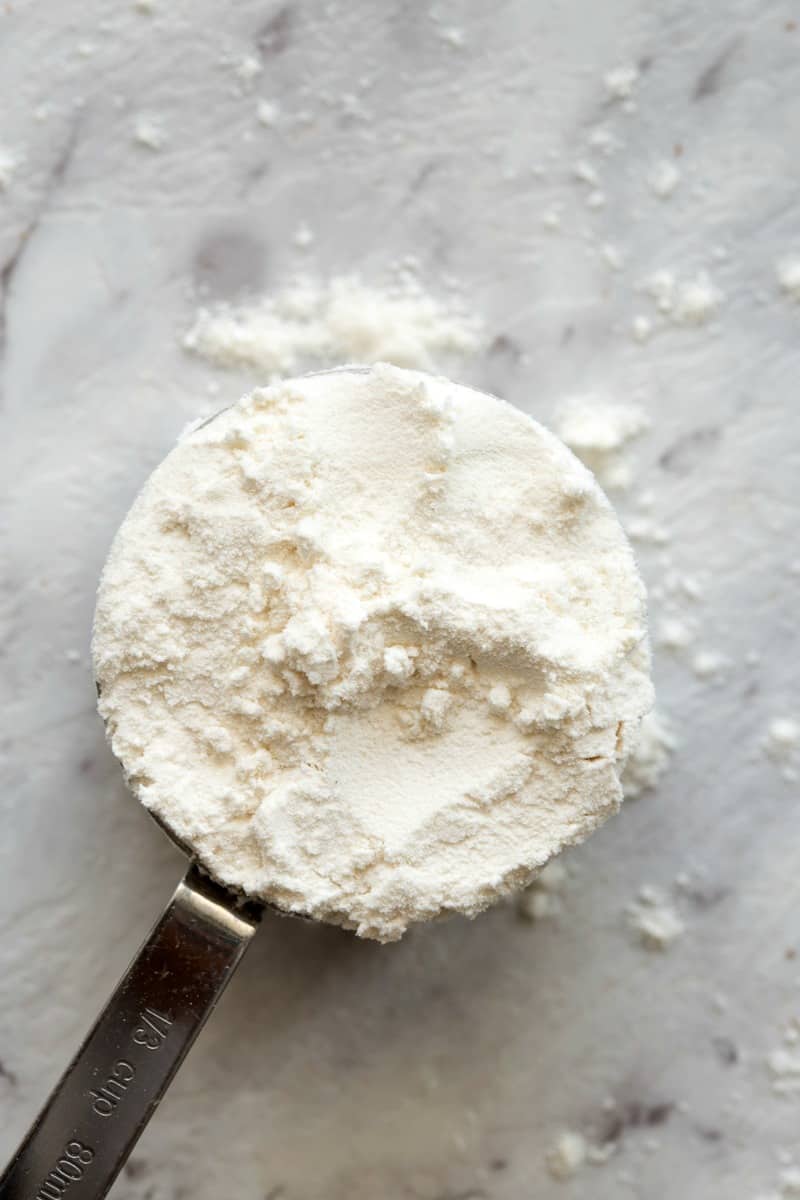
If there is a way for me to make my own baking staples at home, I’ll do it.
As someone who works with lots of different flours, there’s something satisfying about making them myself. I never have to worry about running out or not being able to complete a recipe because of it.
This time around, we’re making a truly essential kitchen staple: self-rising flour.
What is self rising flour?
Self-rising flour is a combination of white flour, baking powder, and salt. It’s often used in recipes without leavening agents (like baking powder or baking soda) and reduces the number of ingredients needed.
Table of Contents
Why I love this recipe
- Cheaper than store-bought. Self-raising flour is usually more expensive than all-purpose flour, but this recipe comes in at pennies on the dollar.
- Takes seconds to make. Mix everything together, and voila!
- It works with everything. You can use this for any recipe that calls for flour and baking powder, including quick breads, yeast breads, pastries, and more!
- You can make it in small batches. I’ll give you the ratio of ingredients so you can make as much or as little as you want.
Ingredients needed
- All-purpose flour. The bulk of the recipe. Use regular white all-purpose flour or whole wheat. To make gluten-free self-rising flour, use gluten-free AP flour with xanthan gum added.
- Baking powder. The leavening agent. Avoid using baking soda instead as it requires extra ingredients in order to work (namely, cornstarch or cream of tartar).
- Fine salt. Adds flavor. If you can’t find fine salt, use kosher salt instead.
How to make self-rising flour
I’ve included step-by-step photos below to make this recipe easy to follow at home. For the full printable recipe instructions and ingredient quantities, scroll to the recipe card at the bottom of this post.
Step 1- Combine ingredients. Combine all of the ingredients in a large mixing bowl and whisk to combine. Transfer to an airtight container and store for up to 6 months.
Handy conversions
How do I convert plain flour to self raising?
If you have all-purpose flour and want to make a small batch of self-rising flour, here’s a formula for getting it done:
1 cup homemade self-rising flour = 1 cup all-purpose flour + 2 teaspoons baking powder + 1/16 teaspoon salt.
How do I substitute self-raising flour for plain flour?
If you want to use self-rising flour but your recipe calls for plain flour, make sure the recipe calls for at least ½ tsp of baking powder per cup of flour. If it does, use equal portions of self-rising flour and omit the baking powder in the recipe.
Arman’s tips
- Make sure you completely mix the ingredients together. It’s super important to make sure the baking powder and salt are evenly distributed, which is why I use an extra-large bowl to mix.
- Make self-rising cake flour. Swap all-purpose flour for cake flour.
- Sift the flour, then spoon it into your measuring cup so you get accurate measurements.
Storage instructions
To store: Leftover flour should be stored at room temperature in an airtight container for up to 6 months.
Frequently Asked Questions
Oat flour and almond flour cannot be used instead of all purpose flour. They do not have the consistency or rising properties when mixed with baking powder.
My favorite recipes using self-rising flour
- 2 ingredient biscuits
- Donut holes
- 4-ingredient banana muffins
- Or any of my 2-ingredient magic dough recipes
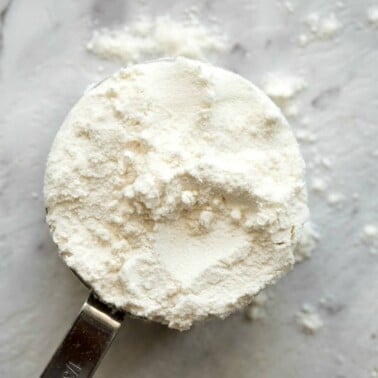
How To Make Self Rising Flour
Ingredients
- 4 cups all-purpose flour
- 2 teaspoon salt
- 2 tablespoon baking powder
Instructions
- Combine all your ingredients in a large mixing bowl, and whisk together, until fully combined. Transfer to an airtight container.
Notes
Nutrition
Originally published April 2022, updated and republished May 2024
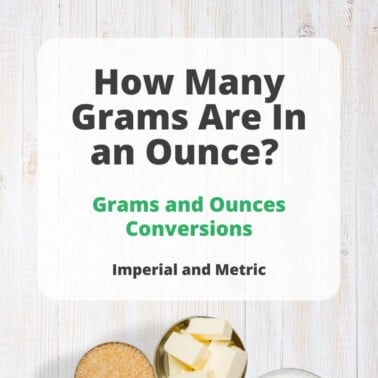
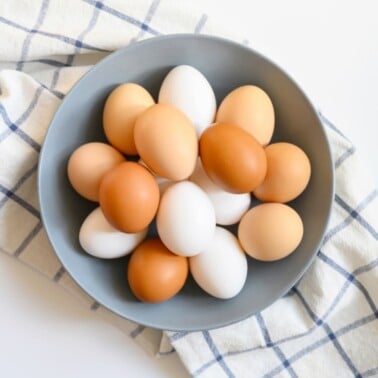

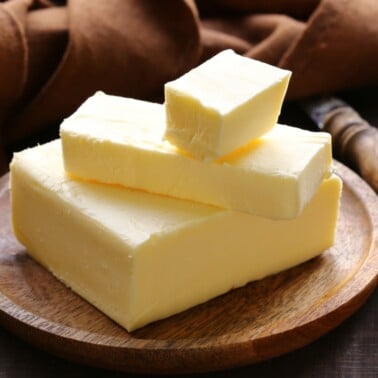














I’m so glad to find this recipe as I always just overlook the recipes that call for it. NOW, I can make some new things. Thank you.
The perfect flour. I can count on this every time.
This recipe worked perfectly for the 3 ingredient biscuits – thank you
I saw many of your recipes that include self raising flour. I didnt know how to make it. Now I know!
turned out excellent. I only had approx 2 tablespoons of yoghurt but had some buttermilk so used that and added a tsp of avacado oil and they turned out beautifully
Thank you so much.
I read many times that in recipes ingredient is “self raising flour”. Never understood what that is. So now I know and definitely will make it.
Wow so now I can have self raising flour.
Do we need to adjust flour measurement for Almond Flour?
Not sure how it will be with almond flour!
Hi,do you have homemade all purpose flour?
That is just plain flour!
How do you measure all purpose flour in your recipes? Do you spoon to fluff flour , then lightly spoon it into your measuring cup or do you scoop it from the container? I don’t want to over flour when following your recipes. Thank You!
LOVE the spoon and fluff method then I scrape it out of the cup.
This Naan is totally delightful, and I thank you so much!
As a rule, for all bread products, I cut down the salt to half or less due to blood pressure issues. For instance, if something calls for a tsp of salt, I’ll usually use 1/4 or 1/3 tsp. How important is the salt for this? Would 1/2 tsp work instead of 2 without changing much?
I make the air fryer bagels using the SR flour but I find them salty. Can the amount of salt be reduced without affecting the “rise”?
Yes that is fine!
Does it matter if you use an aluminum-free baking powder?
I don’t see why not
Why shouldn’t I should never freeze flour I found that by freezing it I can hold on to it a little longer and the freshness will always be there thank you